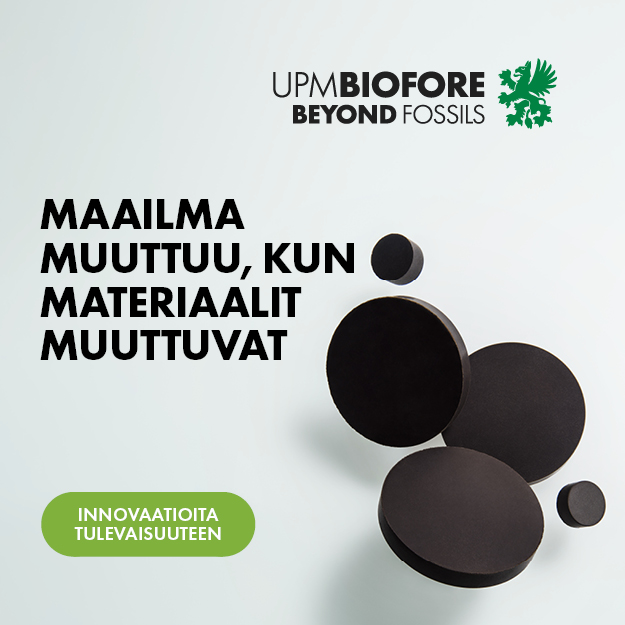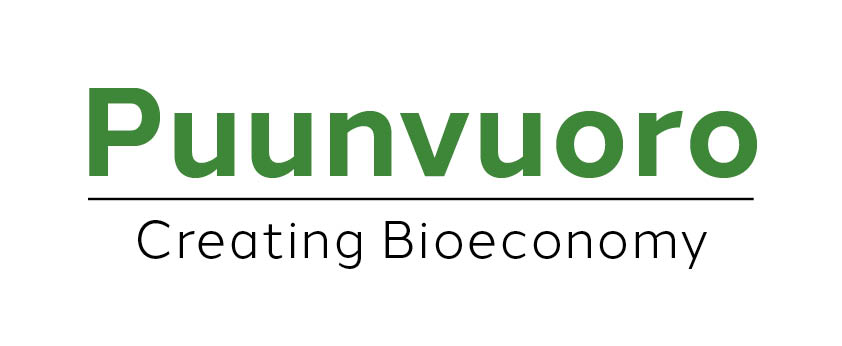What is Print Quality ?
„Our overall impression or feeling of print quality is attained from the subjective assessment of the graphic design and origination, the apparent quality of the paper used and the perceived overall standard of reproduction, printing and finishing. Some of these print quality attributes are measurable, for example printed density range and contrast, colour and colour gamut, evenness and uniformity, print gloss, print sharpness, tone reproduction and registration. If we now consider the paper properties that affect these print quality attributes we have paper gloss, colour and brightness, porosity, formation, surface roughness, basis weight and dimensional stability. Other properties such as Linting will also result in variable or deteriorating print quality,“ states Ged Leigh, Strategic Product Manager Forming, Heimbach UK Ltd.
Print quality attributes that are influenced by the paper properties are summarised as follows (Ill.1).

As a forming fabric supplier Heimbach can influence a number of these paper properties, namely the porosity, uniformity/formation and surface roughness, with the application of different fabric designs and specifications. Up to now it has always been difficult to predict the effect of these fabric changes on print quality but Heimbach has developed a technique that numerically defines the print quality potential of a sheet of paper through density measurements before it is shipped, by measurement of the micro-density of the sheet.
The technique can be used to quantify the differences between two sides of a sheet of paper, between batches produced at different times on the same machine or to compare the same grade from different sources. Illustration 1, above, shows that the final print quality of a sheet of paper is dependent on the surface density variations of the sheet, which in turn directly affects the absorption of the printing ink into the sheet. Using the Image Analysis techniques already developed for measuring density differences of the sheet, a computer program was developed in which these numbers could be used to simulate the absorption rate of printing ink into the sheet, corresponding to the micro-density differences for a four colour printing process. Results correlated well with those obtained on the commercial printing press.
Using the numeric values from the image analysis system values have been developed that are termed Paper/Print Quality Index (PQI), Floc Index and Void Index. These can now be used to numerically assess the paper quality before shipping and printing. This technique is then used in calculations to assign numbers to sheet density uniformity, which will accurately predict final print quality for print gloss uniformity, mottle, print through and set off. The numbers cannot be used to predict skip dot values on rotogravure because this feature is influenced by surface smoothness.
The example (Ill.2) shows the scanned and filtered images of a uniform and non-uniform sheet. Below the images are the histograms showing of the greylevel distribution (Ill.3). These are then used to calculate the PQI, Floc and Void Indices (Ill.4 and 5).




After extensive evaluation of the Paper/Print Quality Index testing method, it can be said that it provides a very useful tool to evaluate not only paper quality (formation), but also the final print quality that will be achieved on the printing press.
On numerous occasions it has now been successfully used to evaluate changes in either process conditions or paper machine clothing, especially forming fabrics. It has also been used on numerous printed samples to rate the quality of the paper from commercial printing.
Whole sheet formation as viewed or measured by conventional methods is only an average of the two sides, which can be very misleading. This work shows that formation when viewed through each of the two sides of a sheet after splitting is a true representation of each surface. The Paper/Print Quality Index is therefore a true representation of the printing potential of the two sides of any one sheet.



